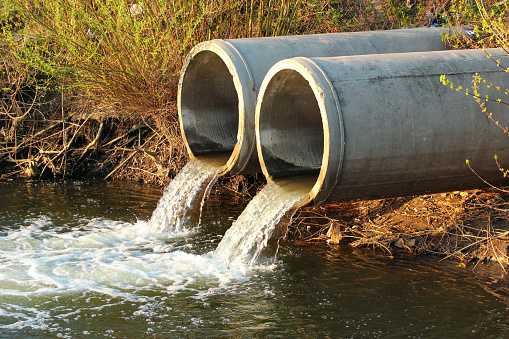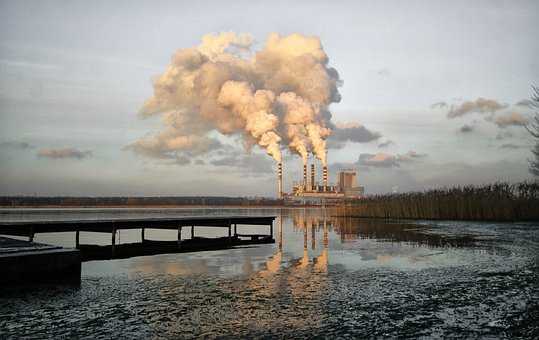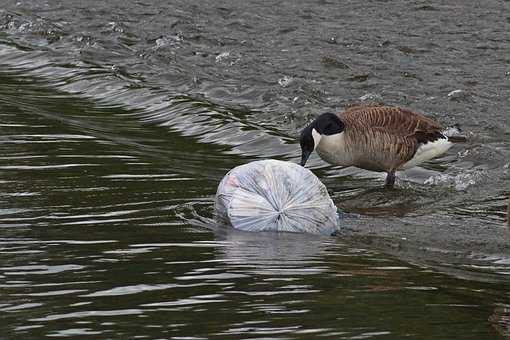Water Pollution And Its Effect On The Environment

Water pollution occurs when harmful substances contaminate lakes, streams, oceans, and aquifers, making them toxic to humans and the environment.
This widespread problem of water pollution is jeopardizing our health. Unsafe water kills more people each year than war and all other forms of violence combined.
Meanwhile, our drinkable water sources are finite: Less than 1 percent of the earth’s freshwater is accessible to us.
Without action, the challenges will only increase by 2050, when global demand for freshwater is expected to be one-third greater than it is now.
Point of Source
Pollution that comes from a specific place is similar to the pollution that comes from oceans and seas, which are miles of waterways. However, the point of sources shall be described in this article
- Nonpoint source pollution
- Transboundary
1. Nonpoint source pollution
Nonpoint source pollution is the leading cause of water pollution which is derived from diffuse sources which are difficult to regulate.
2. Transboundary
Contaminated water from one country spilling over to another is transboundary pollution. Contamination can be industrial, agricultural, or municipal discharges.

Sources of Water Pollution
Everyone on Earth should make protecting the Earth's water a priority since, as is well known, around two-thirds of the earth is composed of water. There are many causes of water pollution.
Below are five of the major ways that water can become polluted.
1. Agriculture
Agriculture remains the leading cause of environmental degradation. It also contaminates groundwater. Agricultural pollution is released into streams and rivers and other sources of pollution enter lakes and wetlands.
Fertilizers, pesticides, and animal waste from farms wash nutrients and pathogens such as bacteria rises and viruses into our waterways.
2. Sewage and wastewater
Wastewater comes from our sinks, showers, and toilets. Sewage from commercial, industrial and agricultural activities. The term is also used to describe runoff from impermeable surfaces that carry oil, grease, chemicals, and debris into waterways.
3. Groundwater
When rainwater seeps into a storehouse of water, which is basically underground, it becomes groundwater. Which is our most significant natural resource.
Groundwater is the only source of fresh water in many rural areas. When it becomes contaminated, it becomes unsafe for human use. Ridding contaminated water can be difficult and even impossible.
4. Surface water
Seventy percent of the earth's surface is made up of freshwater, including oceans, lakes, and rivers.
5. Ocean water
Eighty percent of ocean pollution originates from land on the coasts or islands. Chemicals carried by streams from farms, factories, and cities are carried into the sea.

What Are the Effects of Water Pollution
1. Causes sickness
Every year, unsafe water sickens about 1 billion people and low-income communities are disproportionately at risk because their homes are often close to the most polluting industries
- Polluted water sickens about 1 billion people every year. Diseases like cholera, giardia, and typhoid spread by drinking unsafe water.
- Accidental or illegal releases from sewage, runoff from farms, and urban areas distribute harmful pathogens to waterways.
- Thousands of people across the world are sickened every year by Legionnaire's disease. This is a severe form of pneumonia contracted from water sources like cooling towers and piped water.
- Mercury and arsenic from pesticides and fertilizers like nitrates are getting into our supplies of water. These toxins when ingested can cause a lot of health issues from cancer to disruption of hormones to alter brain function. Children and pregnant women are at more risk.
2. Diseases
Even swimming is risky, as millions of people suffer skin rashes, pinkeye, respiratory infections, and hepatitis each year because of this contaminated water.
3. Aquatic life is affected
Animals need nutrients such as nitrates and phosphates but when they get polluted by this contaminated water mixed with other toxins, they are the leading source of contamination to aquatic animals.
4. Damage to crops
Excessive nitrogen and phosphorus in water are the biggest threats to water quality and crops.

What Can You Do to Prevent Water Pollution
According to the EPA, sewage treatment releases more than 850 billion gallons of untreated wastewater water each year. The following are remedies to control water pollution.
Industrial and municipal effluents should be treated before the disposal of waste products into the water.
To some extent, we are all responsible for today's pollution problem.
Luckily, there are some simple ways you can prevent water contamination or at least limit our contribution to it. These contaminations could be reduced by doing the following.
1. Plastic consumption should be reduced. Reuse plastic.
Plastic which is marine debris is blown in by the wind, storms, drains, or sewers. Sometimes our seas are polluted by oil leaks. Ocean pollution is caused by carbon dioxide emissions.
2. Prevent chemical cleaners, oils, and other items from draining down the drain
The world's 80 percent of wastewater flows back into the environment without being treated. In some underdeveloped countries, the percentage is 90 percent.
3. Maintain your car so it doesn’t leak oil, antifreeze, or coolant.
4. Avoid applying pesticides and herbicides in your yard. These treatment facilities reduce pollutants such as pathogens, phosphorus, and nitrogen in sewage, as well as heavy metals and toxic chemicals in industrial waste. They then send it back into the waterways.
5. Avoid flushing medications into waterways by disposing of them in the trash instead of flushing them.
6. The hyacinth plant can absorb toxic chemicals like cadmium.
7. Water pollution can be controlled by chemical methods. The three methods are ion exchange, reverse osmosis, and coagulation.
8. Reusing, reducing, and recycling wherever possible helps overcome the effects of water pollution
When it comes to industrial units, clean technology is essential. Drinking water supply lines should be separated from sewage lines. For clean water, filter plants should be used.
I hope this article has greatly added to your knowledge about the topic of discussion.
However, should in case you have other valuable information to expand the reader’s knowledge, don’t hesitate to drop your comments below.
Source: NRDC
NOTE: This article is written, edited, and published by Saima Ali in collaboration with Hubslides' In-house Editorial Team.
Author Bio
Contributor comprises full-time and freelance writers that form an integral part of the Editorial team of Hubslides working on different stages of content writing and publishing with overall goals of enriching the readers' knowledge through research and publishing of quality content.
Article Comments
No Comments!
At present there are zero comments on this article.
Why not be the first to make a comment?
Similar Articles
Sponsor
Search Articles
Experts Column
Latest Articles
Featured Articles
Most Popular Articles












